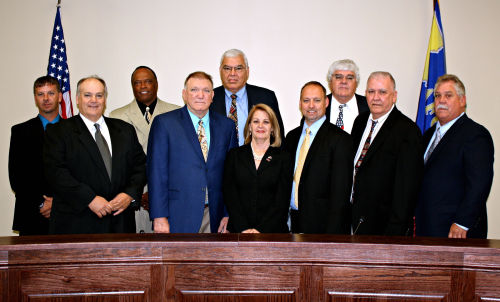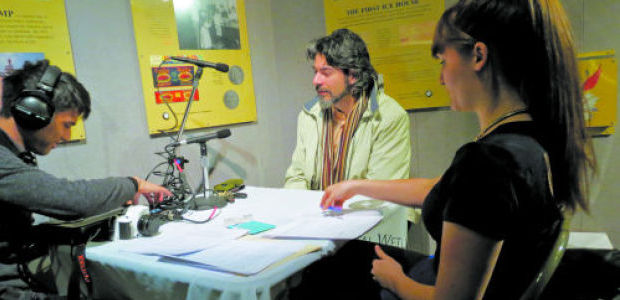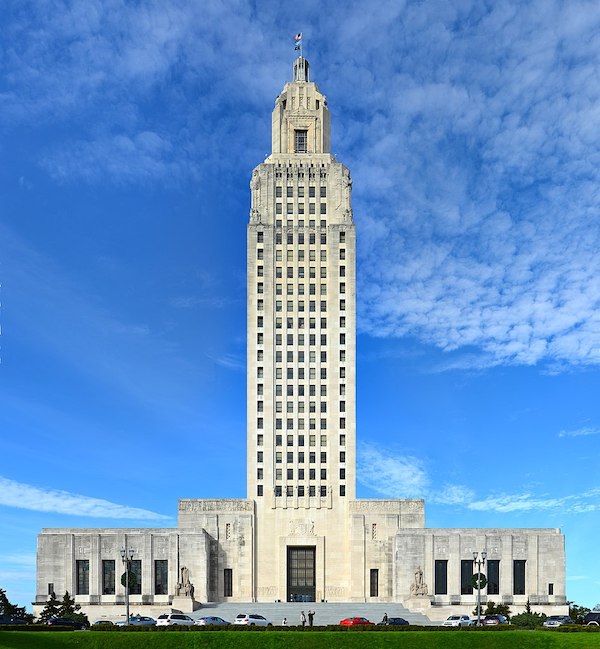
Lafourche councilman’s comments cut deep
November 20, 2013Our View: Terrebonne task force tackling teacher pay
November 20, 2013Buddy Daisy of Dulac started working in the oyster industry in the 1960s when he was 16 years-old. His friend Earl Melancon of Thibodaux began his work as an oyster biologist 38 years ago, in the mid ‘70s, when the two met and became friends. The personal stories of these men and many others are part of a new art exhibit at the Bayou Terrebonne Waterlife Museum that demonstrate the human impact of the state’s disappearing coastline.
A universal statistic used to put the issue into perspective is that for every hour, an area the size of a football field vanishes into the Gulf of Mexico.
The interactive art show: “I Remember … Louisiana’s Reflections and Stories of the Past” communicates this message in a variety of media. One way the show does this is through video-recorded oral histories visitors can download through a Quick Response (QR) Code on their smart phones as they walk through the exhibit.
In one of these videos, Daisy said Louisiana’s seafood industry is threatened because of saltwater intrusion.
“If the environmental is right, we get some salt-water and some fresh water, it makes the oysters take better,” he said. “If we get too much salt water, they’re not going to take good. If we get too much fresh water, it’s still not going to take. Too much fresh kills them and too much of salt kills them. So if you get this mixed water, it’s like, it’s almost like grass. If you get a long summertime with no rain, the grass dies; and, if you get rain, it grows fast.”
This exhibit, which opened Thursday, lets Louisiana coastal residents tell their own story, said Jonathan Foret, executive director of South Louisiana Wetlands Discover Center.
“As a Wetlands Discovery Center, we have a responsibility to communicate the challenges we face in terms of coastal land loss,” he said. “The art show is one way we can communicate these challenges.”
Foret said the South Louisiana Wetlands Discover Center was excited to house the show, which runs through Jan. 4, 2014, at the museum, located at 7910 Park Ave. in Houma.
“It gives people in the community the opportunity to see the show because they may not be able to travel to see it,” he said. “It should be accessible to the community because this show is about our community.”
The show is a traveling exhibit which began as an outreach project of the Coastal Wetlands Planning, Protection and Restoration Act (CWPPRA) Task Force.
Susan Testroet-Bergeron, CWPPRA public outreach coordinator, said the show will travel throughout the state of Louisiana this year and then go to Washington, D.C., next November.
“We were looking for a different way to engage the people,” she said.
She said protecting coastal Louisiana is a national issue because Louisiana is the largest fish fisheries producer in the lower 48 states, has the largest port complex in the world, and is a top producer of domestic oil. Bergeron noted people travel from all over the world to experience Louisiana’s culture and heritage.
“What we are trying to do is explain to people what we have here in Louisiana is very unique,” she said.
She said the project is one of 151 projects the CWPPRA Task Force has been authorized to do through federal legislation enacted for the restoration of Louisiana’s Wetlands and taking preventative measures for wetlands preservation.
For this project, she said the team commissioned Louisiana-born artists Lane Leforte, a photographer, and Marian Brister Martinez, a painter, to create works for the show.
Between Leforte and Martinez there are 11 personal stories from big shots to everyday people, highlighted with video oral histories, oil paintings and photographs.
Martinez said her paintings in the show depict Louisiana’s past when the main body of traffic was along the river. She said many of the scenes were taken from photographs taken from her grandparents’ attic where she grew up in Buras, La.
“My artwork always reflects where I’m from,” she said. “Even if I’m painting in the desert, I’m always aware of where the water is – even if you can’t see it. That’s because of growing up on the water.”
While recording video and shooting portraits for the project, Leforte said he enjoyed listening to retired fishermen tell stories of their grandfathers’ experiences as commercial fishermen in coastal Louisiana. He said he learned just how fast life is changing here.
“Not only are we losing wetlands, but we are losing the culture,” he said.
Lefort said the art show helps people to stop and think about the importance of protecting Louisiana’s wetlands.
“Everything moves so fast these days, it’s hard to make people stop and take a look at something unless it affects them directly,” he said. “It’s hard to appreciate what’s being lost until you step back a couple of years.”
Jennifer Abraham Cramer, director of the T. Harry Williams Center for Oral History at LSU, attended the show’s opening in Houma. She said the stories featured in it and others will become part of the LSU Oral History Center collection for future generations.
“This project is so well-balanced and covers so many perspectives,” she said. “It’s important to get an aggregate perspective to get a well-balanced picture of Louisiana’s history that goes so beyond the textbook.”
Louisiana native Jonathan Foret, center, shares his memories of growing up in coastal La., during the interactive art show: “I Remember …” The show opened Thursday and runs through Jan. 4, 2014, at the Bayou Terrebonne Waterlife Museum. Also pictured are Kyle Tanglao, left, and Darcy Wilkins, far right, who recorded the interview to be saved in the LSU library system.










